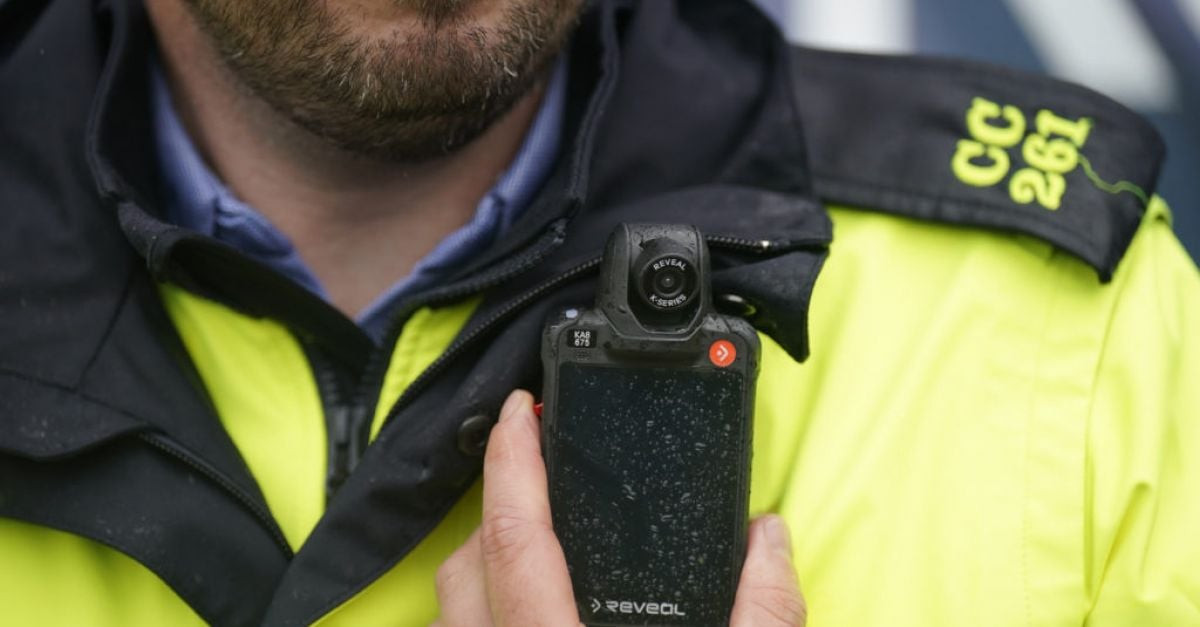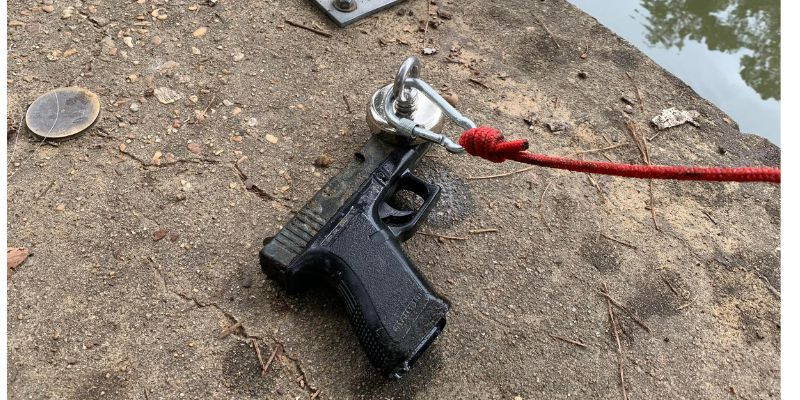Members of An Garda Síochána in Waterford have commenced the third and final phase of the ‘Proof of Concept’ pilot for Body Worn Cameras as well as the supporting Digital Evidence Management System (DEMS).
The Garda Commissioner, Drew Harris was joined at Waterford garda station this Thursday morning by the Minister for Justice, Helen McEntee to launch the third and final phase of a proof of concept for body worn cameras.
The cameras being used in Waterford are Motorola Solutions V500 cameras and it is the first time this new camera has been deployed in Europe. The Motorola Solutions V500 cameras are being used in Waterford for the first time in Europe.
Body Worn Cameras have now been rolled out in five garda stations in Dublin, Limerick and Waterford and the total number of cameras available for use nationally is now 600.
Nationally, to date there are in excess of 600 Gardaí fully trained in the use of Body Worn Cameras, with almost 150 gardaí fully trained in the use of the Motorola Solutions V500 Body Worn Cameras in Waterford.
The Technology Behind the Cameras
The Motorola Solutions V500 camera is capable of storing four days of data, offering a wide 130-degree field of vision. Its 12-hour battery life ensures it can last for a full shift of duty.
How the Cameras are Used
The Body Worn Cameras will be housed in a dedicated docking room in Waterford garda station, where officers can access a camera by swiping their RFID card. The pilot in Waterford will involve plain clothes officers from the Crime Unit, Drugs Unit, and detectives from the Divisional Protective Services Unit.
Impact on Policing
At the launch event, Commissioner Drew Harris highlighted that the roll out of Body Worn Cameras in Waterford marks the final stage of An Garda Síochána's proof of concept phase, bringing the country closer to the implementation of Information-Led Policing.
“It follows extensive consultation with over 20 other police services around the world and the commencement of the Garda Síochána (Recording Devices) Act 2023 – which includes the Codes of Practice for their operation.
“The proof of concept will continue with a period of analysis and engagement with the frontline members. This will help us to understand and evaluate the cameras and Digital Evidence Management System. We will also continue to engage with the DPP to assess how this video evidence can be utilised in the prosecution of cases through the Courts,” he said.
Minister for Justice, Helen McEntee, expressed her enthusiasm for the expansion of the pilot phase to Waterford. “We have already seen the impact of body worn cameras on policing operations in Dublin and Limerick. Gardaí equipped with the cameras have been able to capture footage of searches of dwellings which uncovered drugs and assist in the de-escalation of tensions during protests and incidents of disruption.
“I’m pleased that this technology will now be used and tested by frontline Gardaí here in Waterford. I look forward to hearing the results and I am sure the members here in Waterford will make valuable contributions to this pilot project.”
The Future of Policing in Ireland
The successful completion of this pilot program in Waterford will likely pave the way for the widespread deployment of body-worn cameras by Garda Síochána across Ireland. The use of body-worn cameras is becoming increasingly common in law enforcement agencies worldwide, as it provides a valuable tool for evidence gathering, accountability, and transparency in policing.
The implementation of this technology in Ireland could have a significant impact on how Garda Síochána operates, potentially leading to improved efficiency, better evidence gathering, and increased public trust in the force.

















